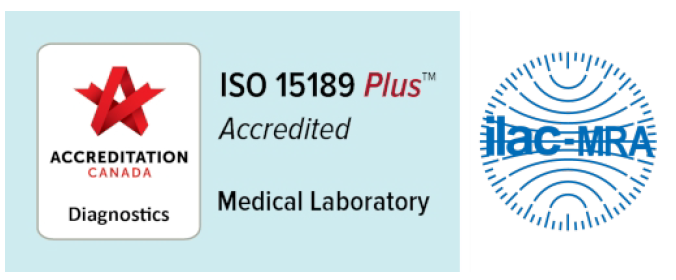
While having a child is considered a joyous occasion, it is also an extremely sensitive time for the expectant mother and the unborn child. Moreover, in some cases, the identity of the child’s father might be uncertain, and the mother or other parties might be interested in knowing the biological father for either personal or legal reasons. Irrespective of the reason to determine paternity, prenatal paternity testing is conducted by many labs and doctors. This is commonly done using 3 methods. To help you make an informed choice, the pros and cons of these methods will be laid out below.
Here are the major advantages and disadvantages of these prenatal paternity testing methods:
Non-Invasive Prenatal Paternity Test
The Non-Invasive Prenatal Paternity Test is one of the most advanced prenatal tests available today. To conduct this test, a blood sample is taken from the mother and a cheek swab is taken from the potential father. The mother’s blood contains fetal cells, from which the baby’s DNA markers can be isolated and compared with the DNA sample of the potential father.
Pros:
As the name suggests, it is non-invasive in nature, guaranteeing no danger of miscarriage or other complications for the mother and the child.
The NIPP test can be conducted quite early on during the pregnancy, as early as 10 weeks.
Since only a blood sample and cheek swab are required, the test can be conducted in an accredited lab itself instead of having to visit the doctor’s office.
This test is extremely accurate, guaranteeing a success rate of 99.9%, which, combined with its convenient nature makes it a popular choice among expectant parents.
Cons:
The only drawback is that the test’s accuracy might vary if the mother still has fetal cells in her blood from another recent pregnancy, a highly unlikely possibility.
Chorionic Villus Sampling
In Chorionic Villus Sampling or CVS, a small tube is inserted in the mother’s body to extract a small tissue, known as chorionic villi, from the placenta. This tissue contains DNA information about the unborn child which can then be compared with the DNA sample of the potential father.
Pros:
It can be carried out quite early on in the pregnancy compared to Amniocentesis, at 10 to 13 weeks.
Cons:
CVS falls under the category of an invasive prenatal test, meaning the procedure could be risky for the expectant mother and the unborn child. Due to the risk of miscarriage, bleeding, and other complications, most physicians would not recommend CVS for just determining paternity.
Amniocentesis
Another invasive prenatal test, Amniocentesis is a complicated procedure in which a doctor inserts a needle into the mother’s belly to extract fluid from the amniotic sac. This amniotic fluid will contain the baby’s DNA, as it sheds its waste cells here. Using this fluid, the baby’s DNA profile can be compared to that of the potential father to determine paternity. This test is carried out during the more advanced stages of pregnancy, spanning from 14 to 20 weeks.
Pros:
Most obstetricians are well-versed in this procedure.
Cons:
Being an invasive procedure, there is a risk of miscarriage and there have even been rare cases where the ultrasound-guided needle has come in contact with the unborn child. Due to its highly risky nature, most doctors don’t recommend Amniocentesis just to determine paternity, and it is mainly used for detecting congenital anomalies.
To conclude, it is evident that the Non-Invasive Prenatal Paternity Test is clearly the best option of the three. At Prenatal Genetics Lab, we have experienced professionals that can provide you with safe and accurate non-invasive DNA tests to confirm the gender and the paternity of your unborn child. Contact us today to learn more about our tests.



